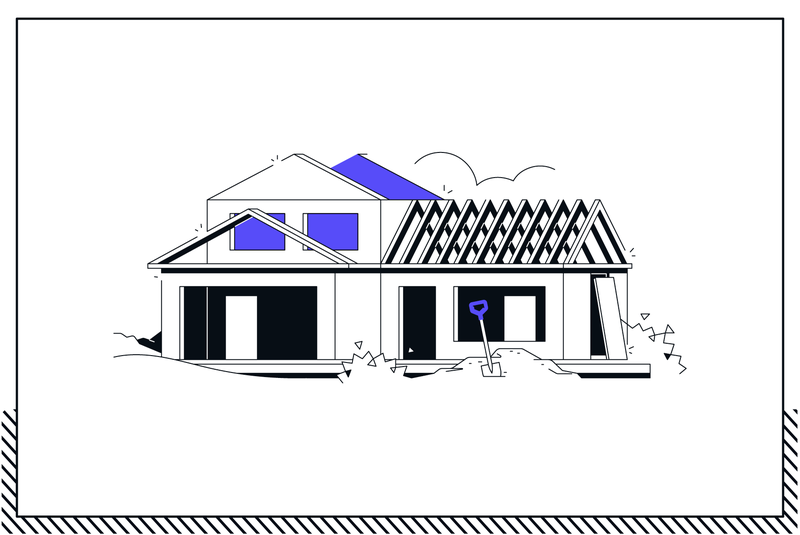Home insurance deductibles
With homeowners insurance, your deductible includes your out-of-pocket expenses before your insurance company covers the rest of your claim’s financial cost. In other words, you have to pay your deductible or your insurance won’t cover anything. If you have a $1,000 deductible and your house experiences damage worth $12,000, your insurance company will pay $11,000 while you handle the $1,000.
Your deductible only kicks in for property-specific coverage, including your dwelling (your main property), other structures like a detached garage or shed and personal property, like electronics or art. Home insurance will typically cover additional living expenses if needed after a natural disaster, personal liability or medical payments, though your deductible isn’t required for those.

Types of home insurance deductibles
A major way home insurance differs from auto insurance is in the type of deductible you can choose. Homeowners insurance will offer:
- Fixed dollar standard deductible: Like with an auto insurance deductible, you’ll pay a certain amount before your insurance company covers the remaining portion of your claim. Typically, a fixed home insurance deductible will be between $500 and $2,000 per year.
- Percentage deductible: With this type of deductible, your coverage is still “fixed,” but rather than a set dollar amount, it’s a percentage of your dwelling coverage amount — the amount for which your main property is insured. For example, a home insured for $200,000 with a 2% deductible will require you to pay $4,000 before the insurance company covers the rest. Typically, a percentage deductible will be between 1-10 percent.
Deductibles for natural disasters
A homeowners policy can also have a deductible for natural disasters. This type of coverage is most typically a percentage of your dwelling coverage, though fixed rate options are possible, too. In some cases, your homeowners policy will already cover a certain type of disaster (such as wind or hail). Other times, you’ll need to purchase additional coverage for specific disasters.
Each of these disasters have their own deductible rules, so check with your insurance agent to clarify what the deductible looks like for any kind of disaster. If you live in Florida, for example, you can get hurricane and windstorm disaster coverage; depending on where you live, you may find flood and earthquake coverage, too.
What homeowners insurance deductible is right for me?
Similar to auto insurance, as your home insurance deductible increases, your monthly premium decreases. It might be tempting to choose a higher deductible and lower the payments you make every month, but that strategy doesn’t come without risks.
If disaster strikes and you need to file a claim, the financial burden could be higher than you’d like. If you have enough money saved up for a high deductible, that might be the right choice. Otherwise, try to find a balance between your deductible and premium so you’re not feeling overwhelmed in either situation.
Discover your individual homeowner factors here and find an option that works for you.



